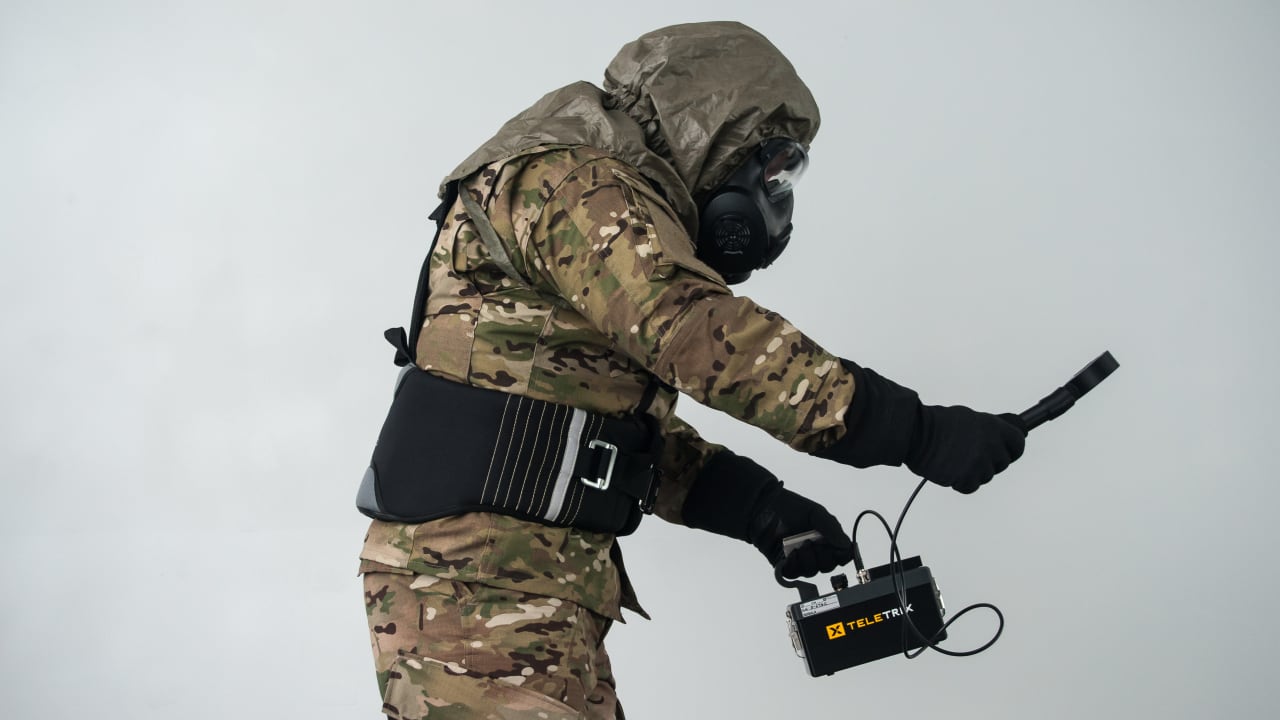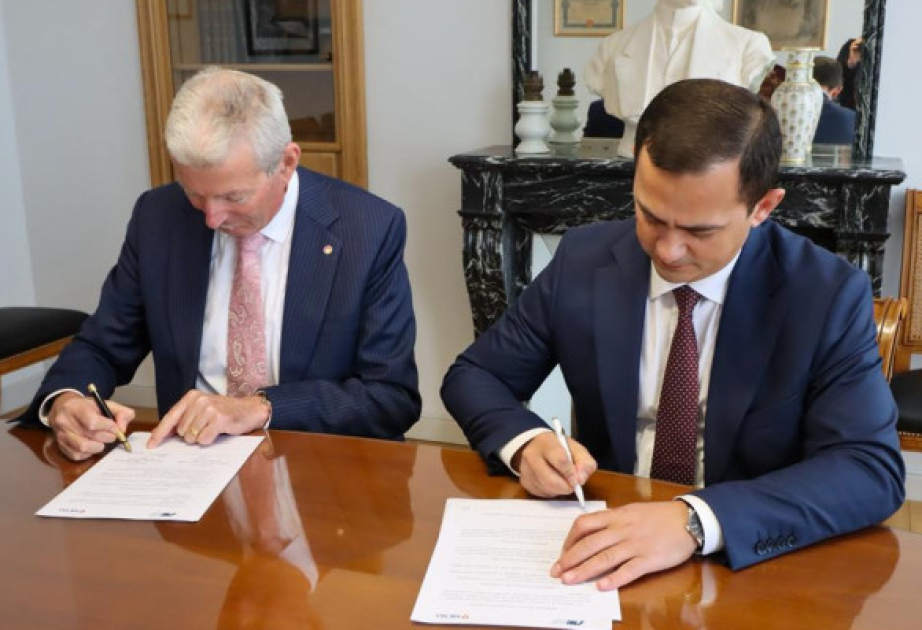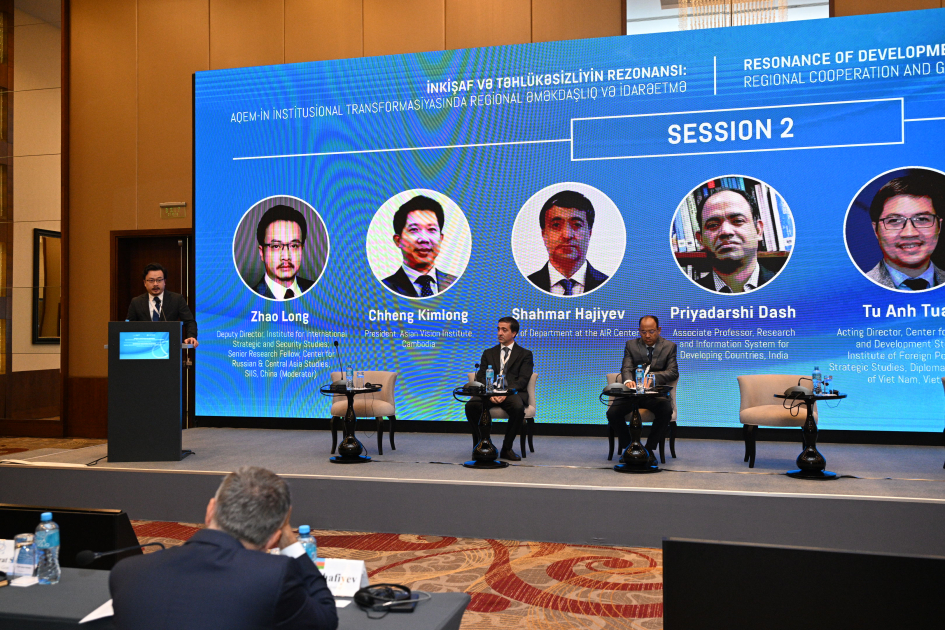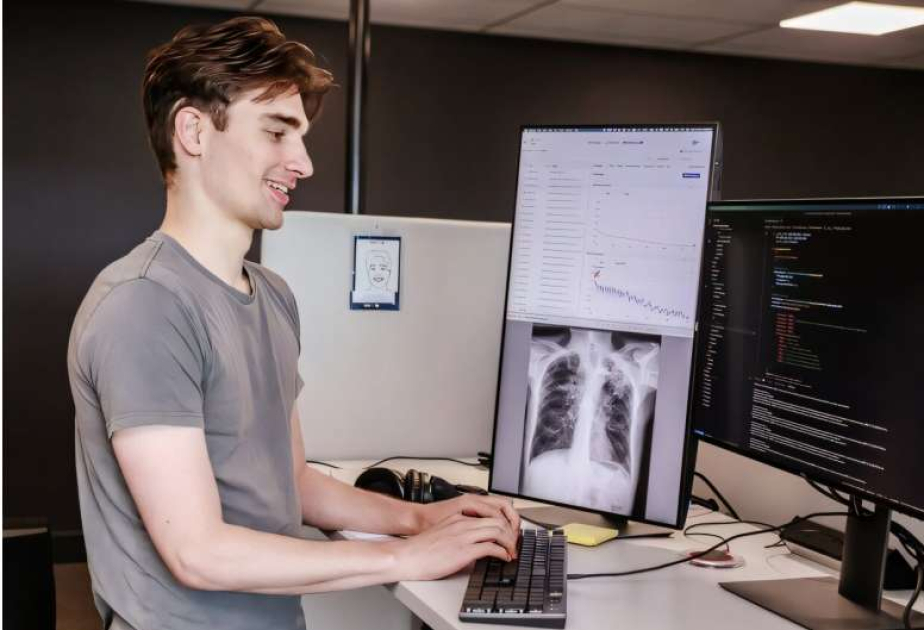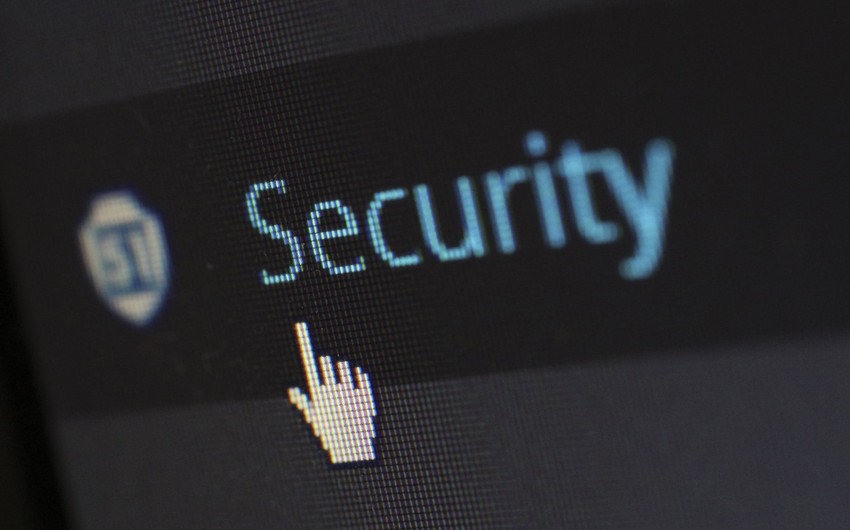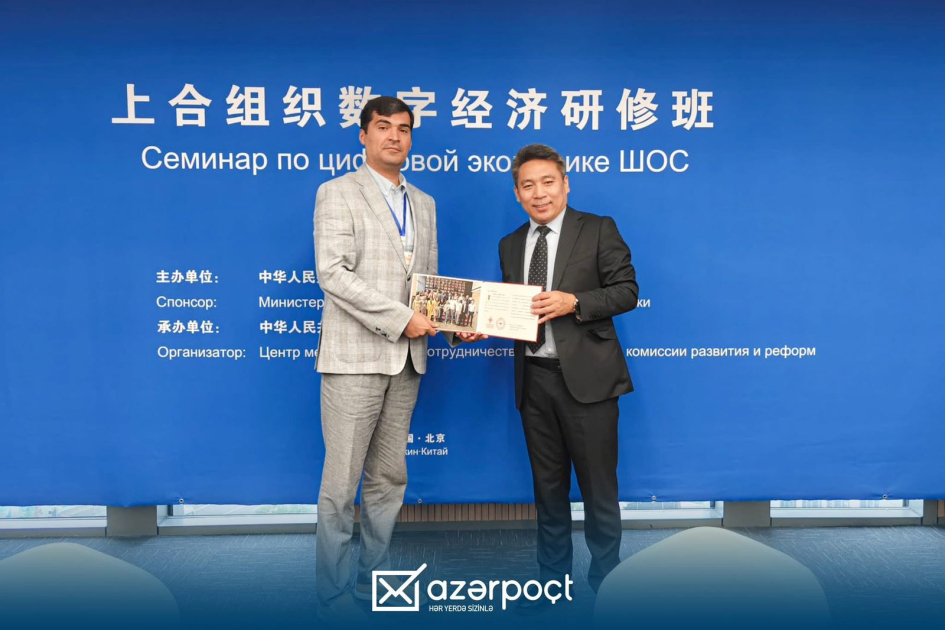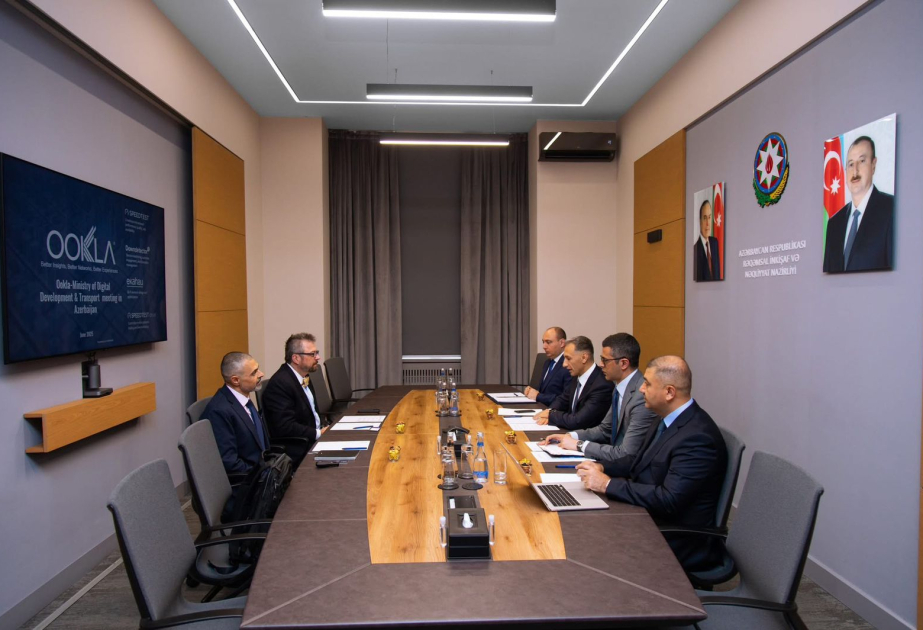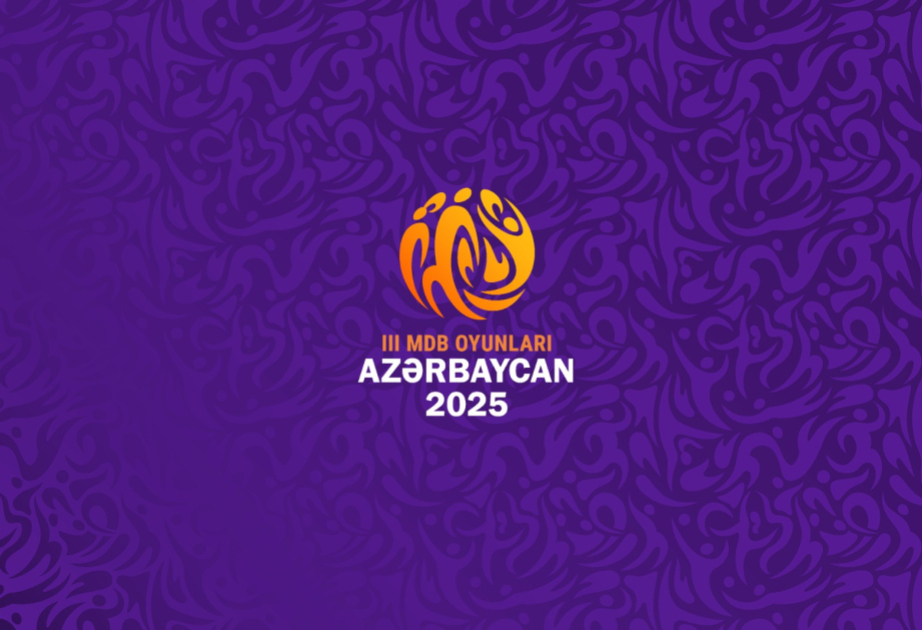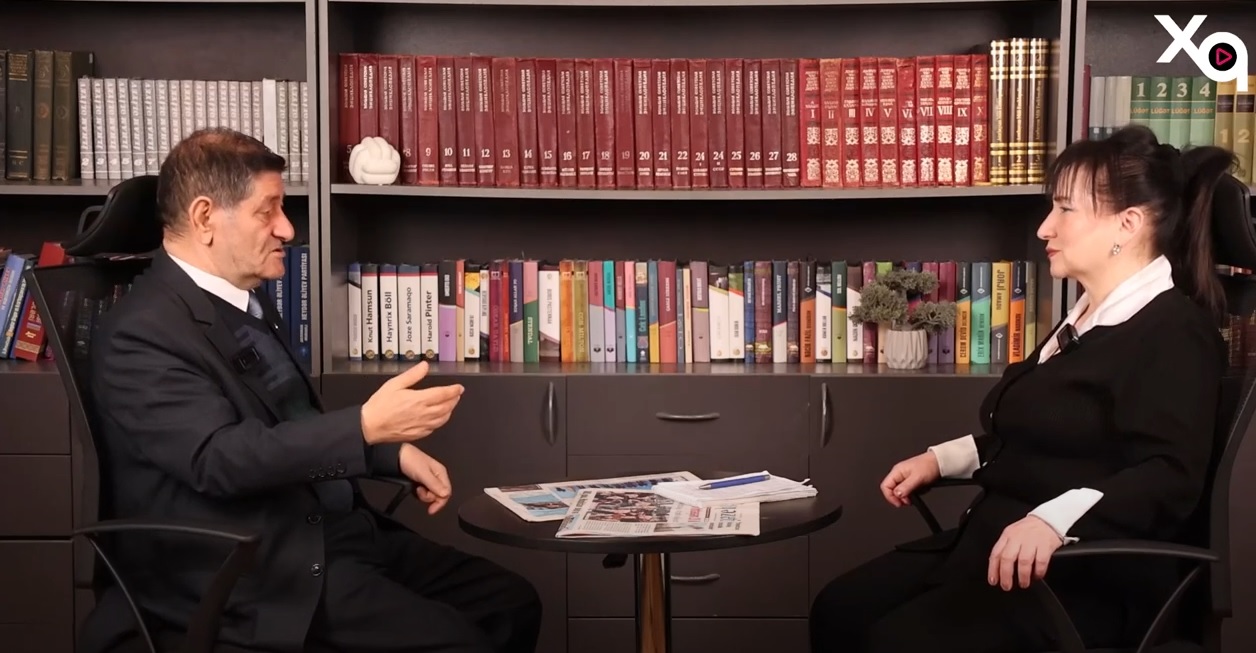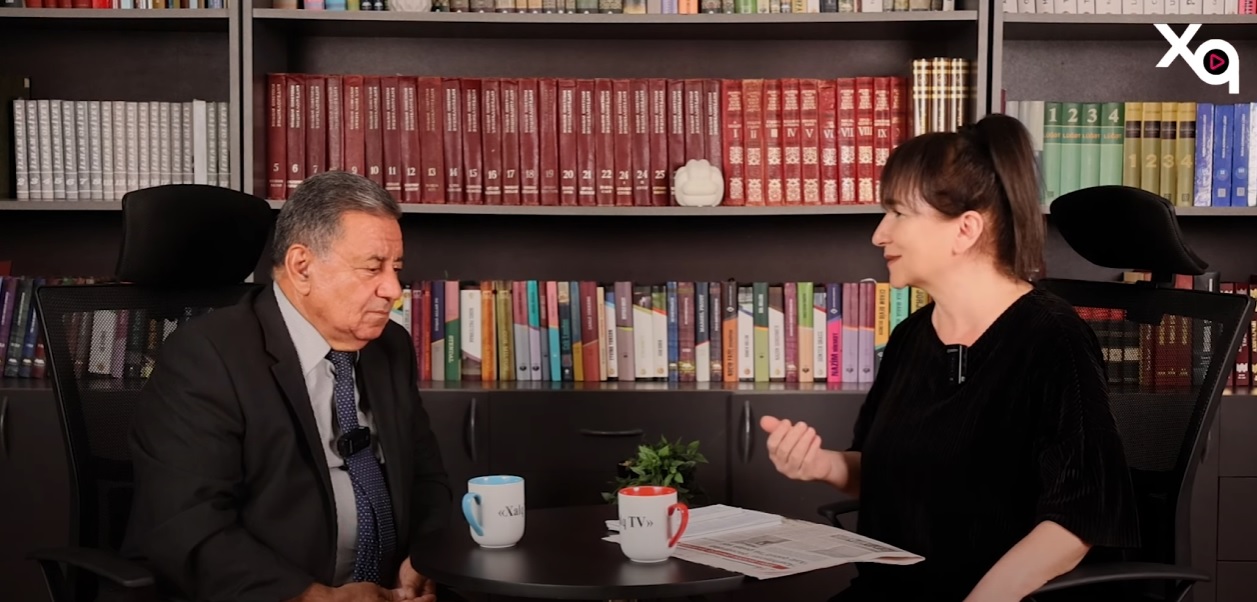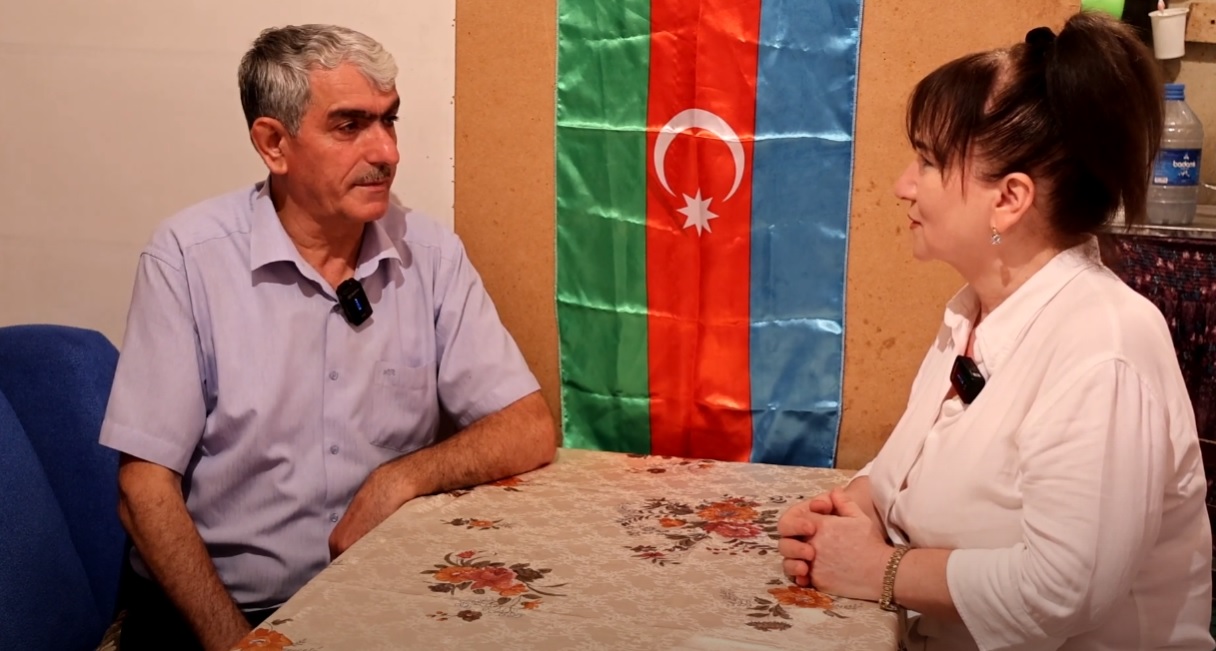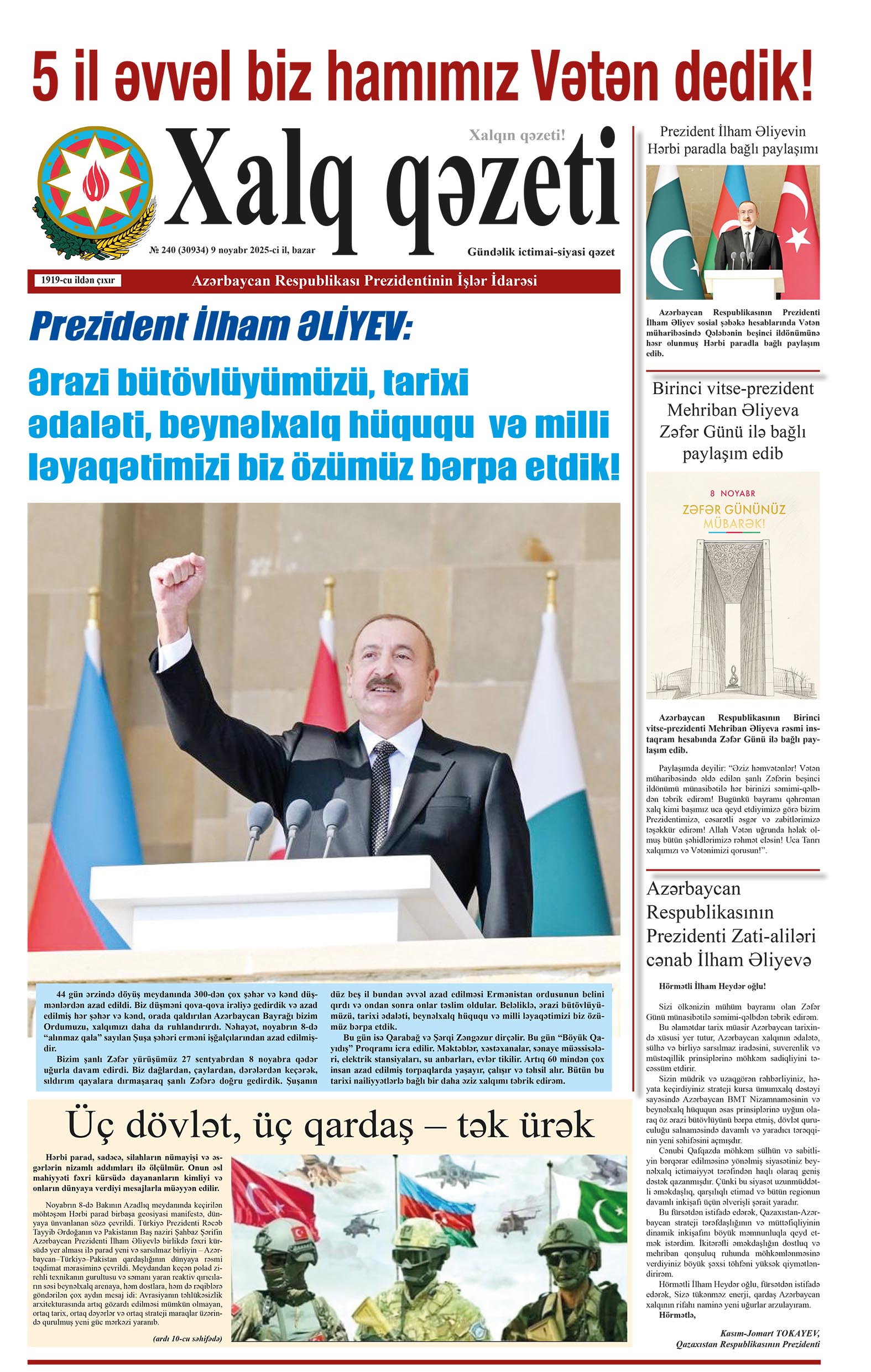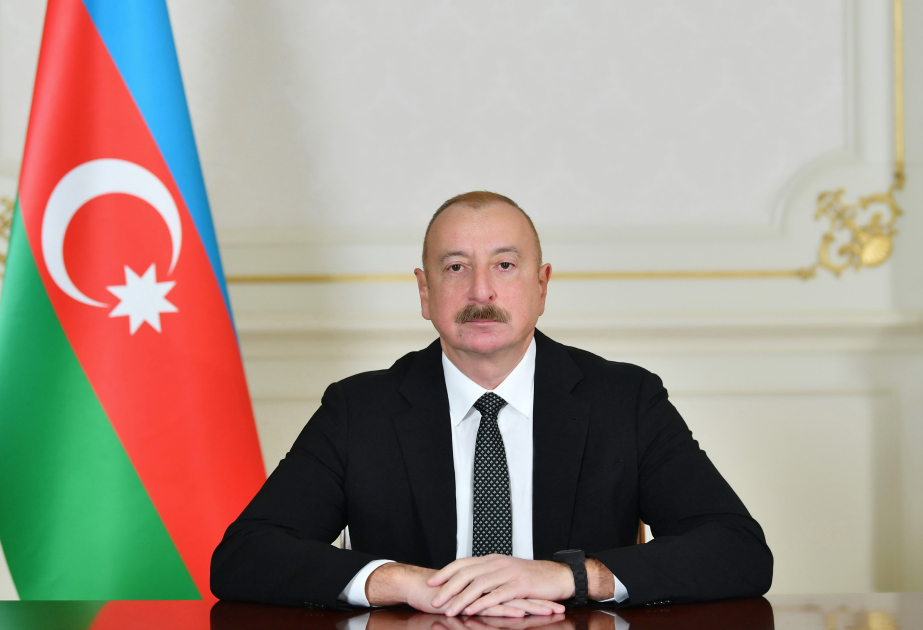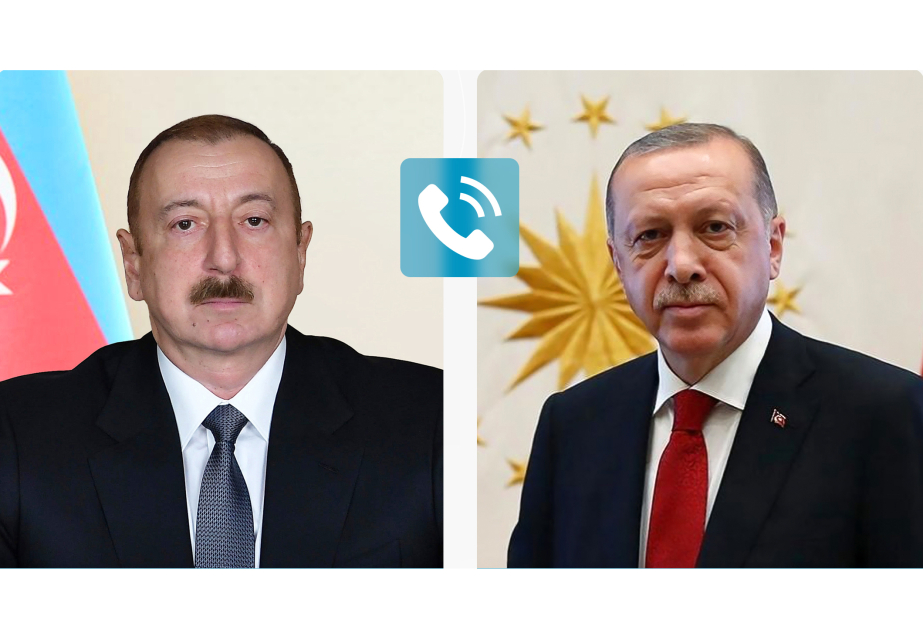ByANNA AHRONHEIM
StemRad’s vest doesn’t aim for full-body coverage. Instead, it delivers targeted protection to organs most vulnerable to radiation damage.
In about six months, Israeli-American startup StemRad might see its flagship innovation, a space radiation protection vest, launched into deep space aboard NASA’s Artemis II mission. For CEO Dr. Oren Milstein, it could be the culmination of a journey that began not in a lab, but in the wake of disaster.
StemRad was founded in 2011, just months after the Fukushima nuclear meltdown in Japan. “I felt that I could not, not do this,” Milstein told Defense & Tech from Florida. “Suddenly this nightmare came back where I saw first responders going inside with no gamma radiation protection. But if they don’t go in, they can’t prevent a meltdown that could turn into a national or even international disaster. That was my call to action.”
Milstein, who was on track for a career in academia after doing a PhD in immunology, pivoted during his post-doctoral studies. His advisor had treated Chernobyl first responders and understood the devastating effects of gamma radiation on bone marrow, a vulnerability that hazmat suits couldn’t address.
“The world has spent decades trying to develop full-body suits that are light enough to wear and still effective. But that’s not realistic,” Milstein said. “We focused on protecting the most sensitive areas, the pelvic bone, vertebrae, and gastrointestinal system, where bone marrow is concentrated.”
StemRad’s vest doesn’t aim for full-body coverage. Instead, it delivers targeted protection to organs most vulnerable to radiation damage. Weighing between 12–15 kilograms, it can be worn under standard hazmat suits and is designed to prevent acute radiation effects without burdening the wearer.
From Earth to deep space
While most human spaceflight has remained in low-Earth orbit, within the protective magnetic bubble of the planet, Artemis II with NASA astronauts Reid Wiseman, Victor Glover, and Christina Koch, and CSA (Canadian Space Agency) astronaut Jeremy Hansen, marks a return to deep space for the first time in over half a century.
“99% of astronauts have flown only 500 kilometers up,” Milstein explained. “Apollo astronauts went 600 times farther, outside Earth’s magnetic shield. That’s where radiation and solar particle events become a real threat.”
StemRad began collaborating with Lockheed Martin a decade ago to develop protective gear for deep space missions. The Artemis II mission, expected to last at least two months, will expose astronauts to unpredictable solar storms. “It’s not a matter of if, but when,” Milstein said. “These storms are like tornadoes, sudden, powerful, and lasting more than a week.”
Each vest weighs around 50 pounds and will be worn only during solar particle events. With strict payload limits, just one or two tonnes for the entire mission, every kilogram counts. “Sending one vest to the moon costs between $30–50 million,” Milstein noted.
StemRad’s vest has already been tested aboard the International Space Station, worn by four female astronauts. Artemis II will include astronaut Koch, and Artemis III will see two more female astronauts donning the vest.
“I’m rooting for the women,” Milstein said. “It’s the first time since Apollo 17 that we’ll see diversity in deep space- no women, no people of color have gone that far until now.”
From the moon to the battlefield
StemRad’s technology isn’t limited to space. The company’s first customer was the Israel Atomic Energy Commission, and it quickly expanded to the US military where the National Guard purchased 700 shields for nuclear incident response.
“I felt that this could be useful should enemies like Iran obtain nuclear weapons and the Israel Atomic Energy Commission was our first customer in the world and we’ve since expanded to other places.”
While the company continues to focus on civilian protection, the vest saw its first combat deployment in Ukraine in November 2022. While Artemis I orbited the moon, Milstein and retired astronaut Scott Kelly traveled to Ukraine to deliver 60 shields. “We met with emergency responders, ran tests, and even gave one to President Zelensky,” Milstein said. “He’s been traveling with it ever since, especially to the battlefield.”
Startup spirit, Israeli grit
Despite its 12-year history, StemRad still operates like a startup. “We’re innovating constantly and reliant on investment,” Milstein said. “The only anomaly is our age.”
Milstein credits Israeli culture for the company’s bold approach. “In Israel, people question everything. They’re blunt, candid, and unfiltered, and that’s critical for innovation,” he said. “In America, people are less inclined to risk everything for revolutionary ideas. They might tell you an idea is great even when it’s not. Israelis will tell you the truth.”
With the clock ticking until Artemis blasts off to the moon with his vests, Milstein sees the mission not just as a scientific milestone, but a geopolitical one. “Going back to the moon is achievable, but it’s also about getting there before China,” he said.
And with that, StemRad’s countdown continues, from the ruins of Fukushima, the battlefields of Ukraine to the far reaches of the moon and maybe even one day to Mars.


